On the evening of December 20, 2008, a brilliant fireball streaked across the skies near the city of Ouarzazate in southern Morocco, followed by a loud sonic boom that startled local residents. This event marked the fall of the Tamdakht meteorite, which scattered fragments across a wide strewn field spanning more than 25 kilometers. Because the fall was witnessed and the fragments were recovered soon after impact, Tamdakht is classified as a “fresh fall,” meaning its scientific value is exceptionally high due to minimal weathering or terrestrial contamination.
Tamdakht is classified as an H5 ordinary chondrite—a type of stony meteorite that represents the most common material in the solar system. Composed mainly of silicate minerals with a relatively high iron content, this meteorite also displays clear signs of shock metamorphism, indicating that it experienced intense pressure and heat from a high-energy collision in space before eventually being ejected toward Earth. These shock features, such as fracturing and melt veins, provide critical clues about the violent history of asteroidal bodies in the early solar system.
Because it is well-preserved and thoroughly studied, Tamdakht offers an invaluable opportunity to understand the formation and evolution of chondritic material—primitive rock that has remained largely unchanged since the solar system’s birth over 4.5 billion years ago. Its mineralogy, texture, and chemical composition help scientists reconstruct the conditions of the solar nebula and the processes that led to planetary formation.
Tamdakht has been analyzed in laboratories worldwide, including at NASA and European research institutions. Studies focus not only on its shock features and mineralogy but also on its isotopic composition, which offers further insights into the origins of its parent body—likely an asteroid located in the main belt between Mars and Jupiter.
Today, Tamdakht is highly prized by both researchers and collectors for its scientific richness, historical significance, and visual characteristics. As a representative of ordinary chondrites, it serves as a tangible connection to the building blocks of the planets and the dynamic history of our solar system.

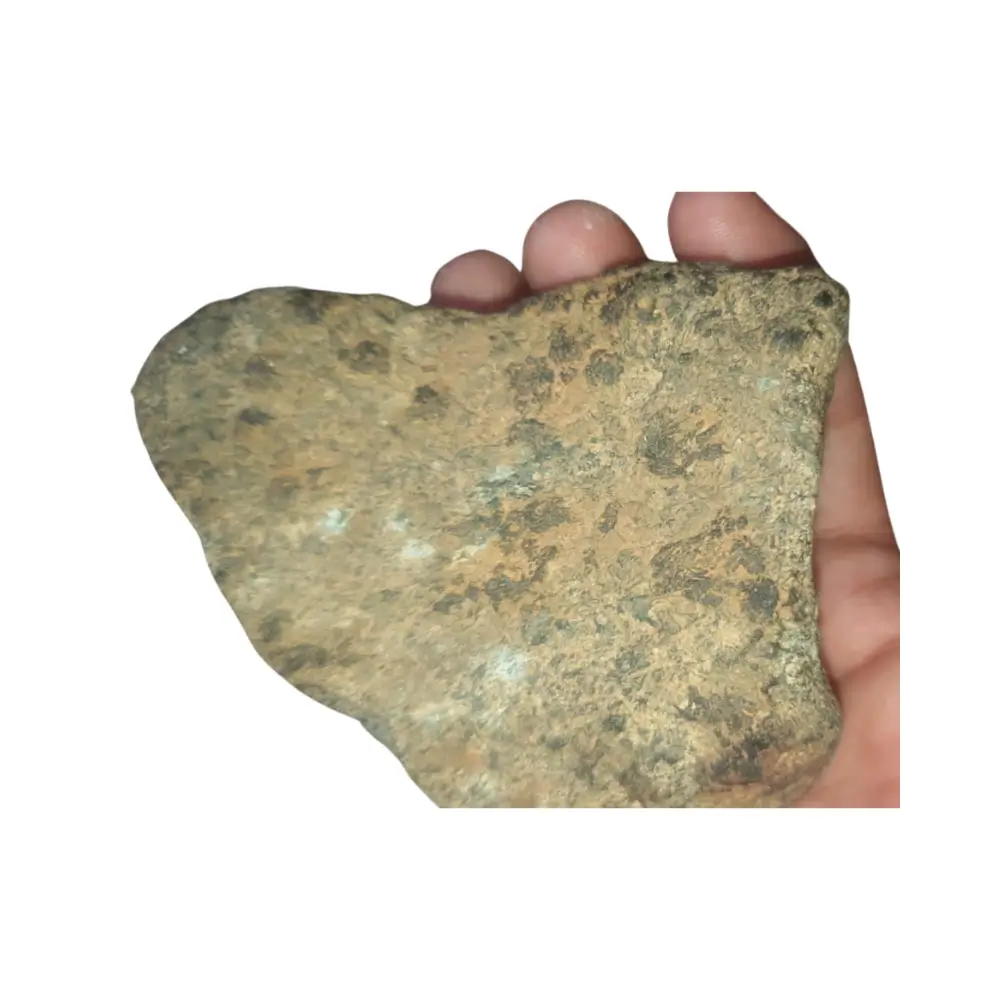
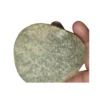
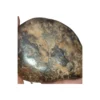
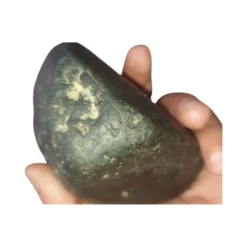
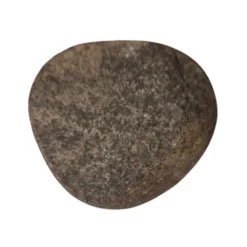
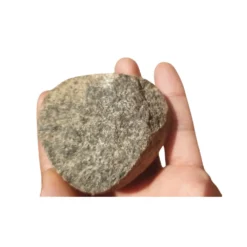

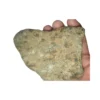
Reviews
There are no reviews yet.